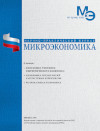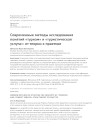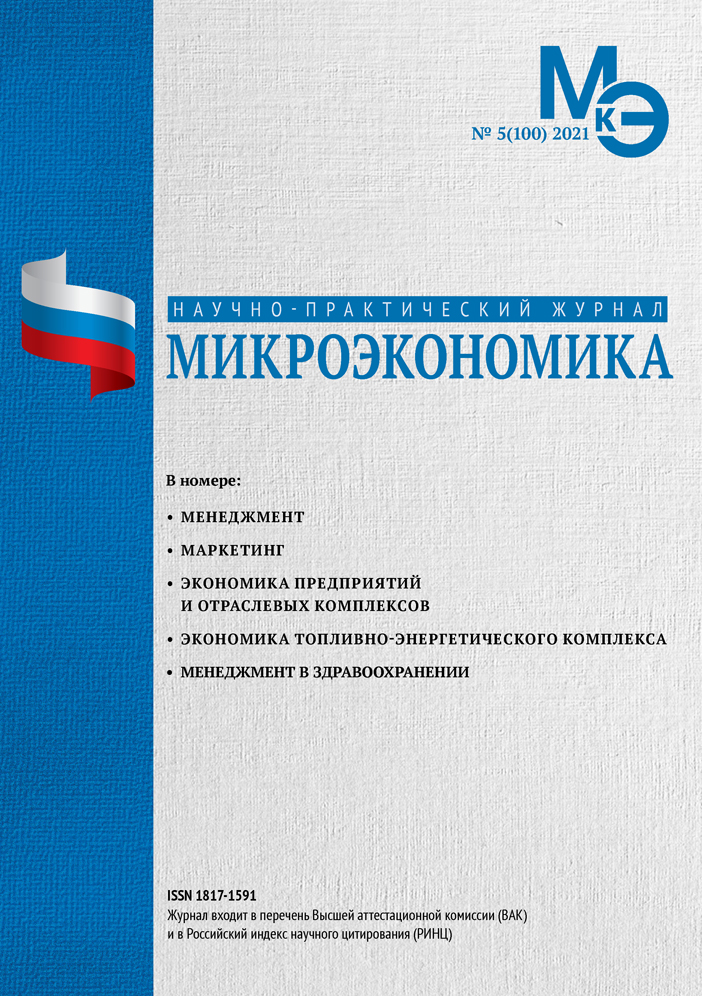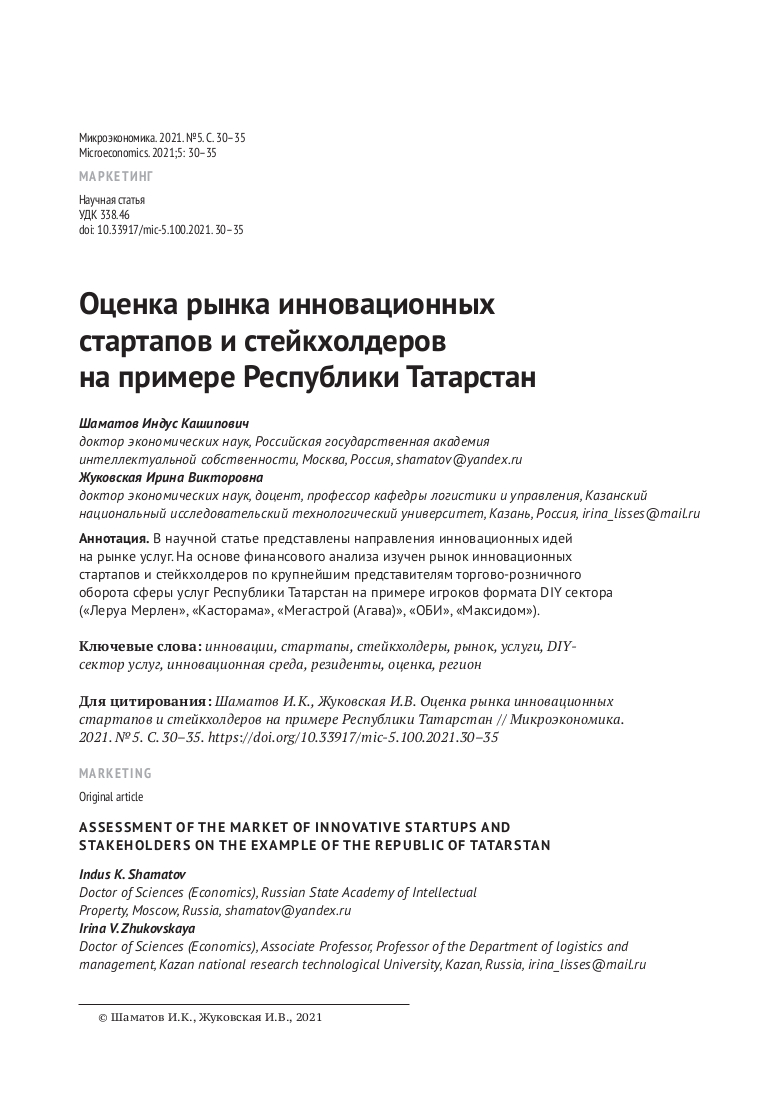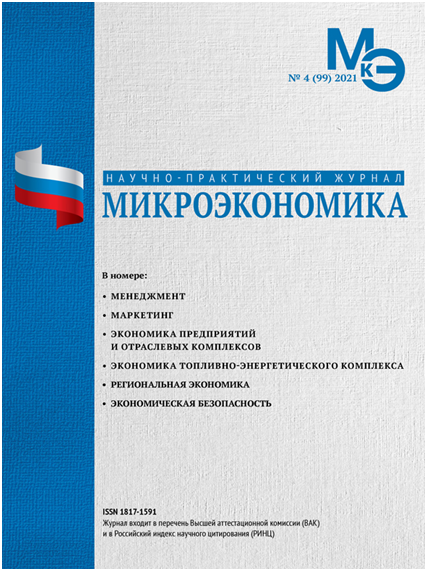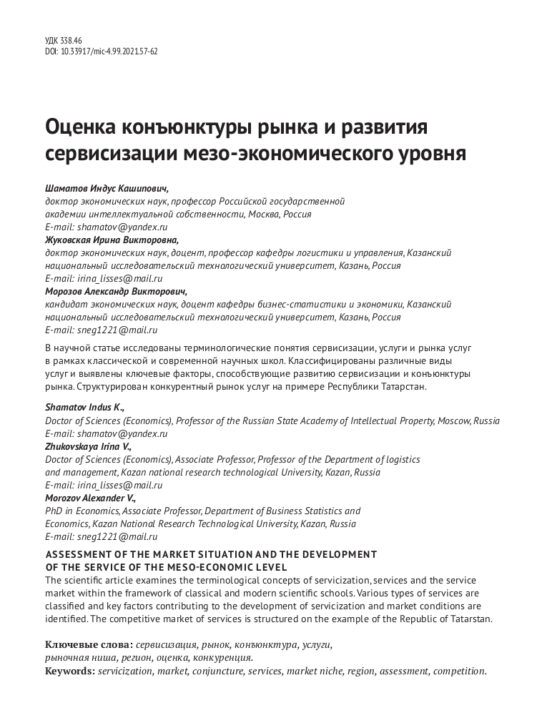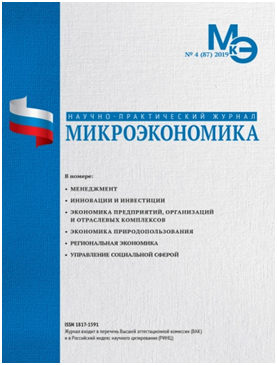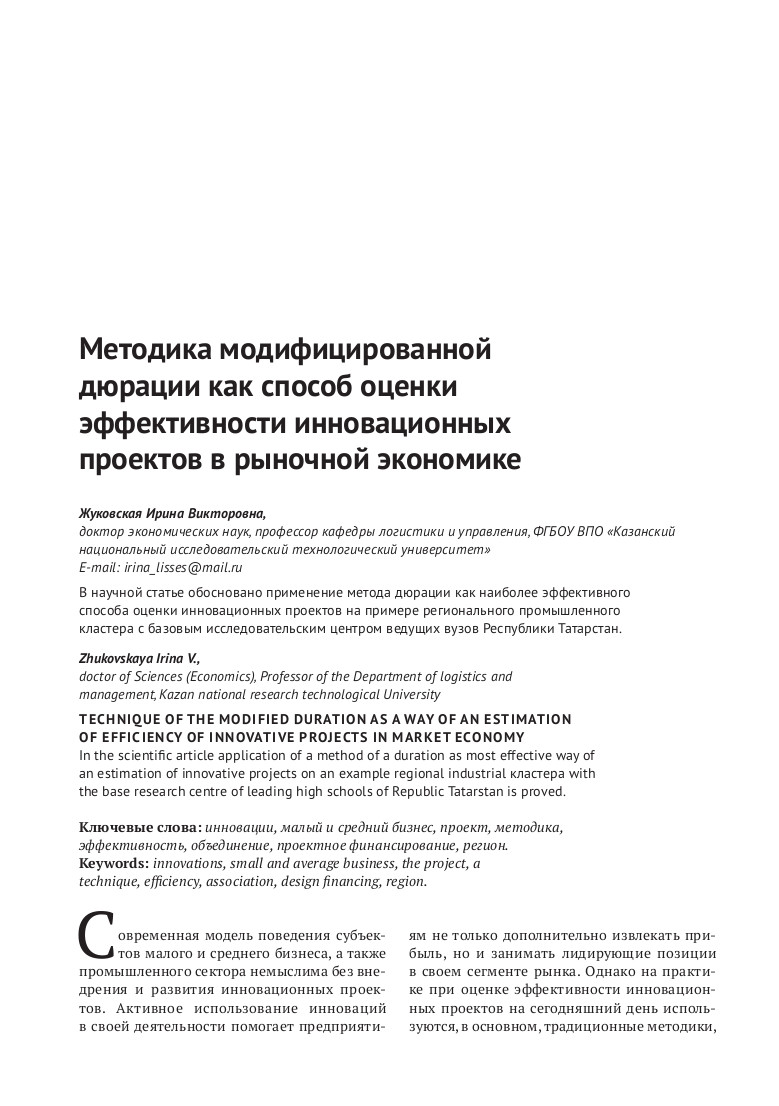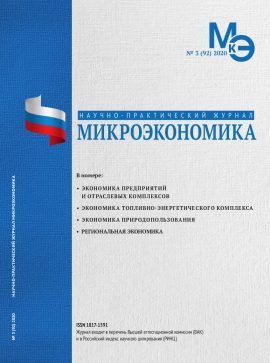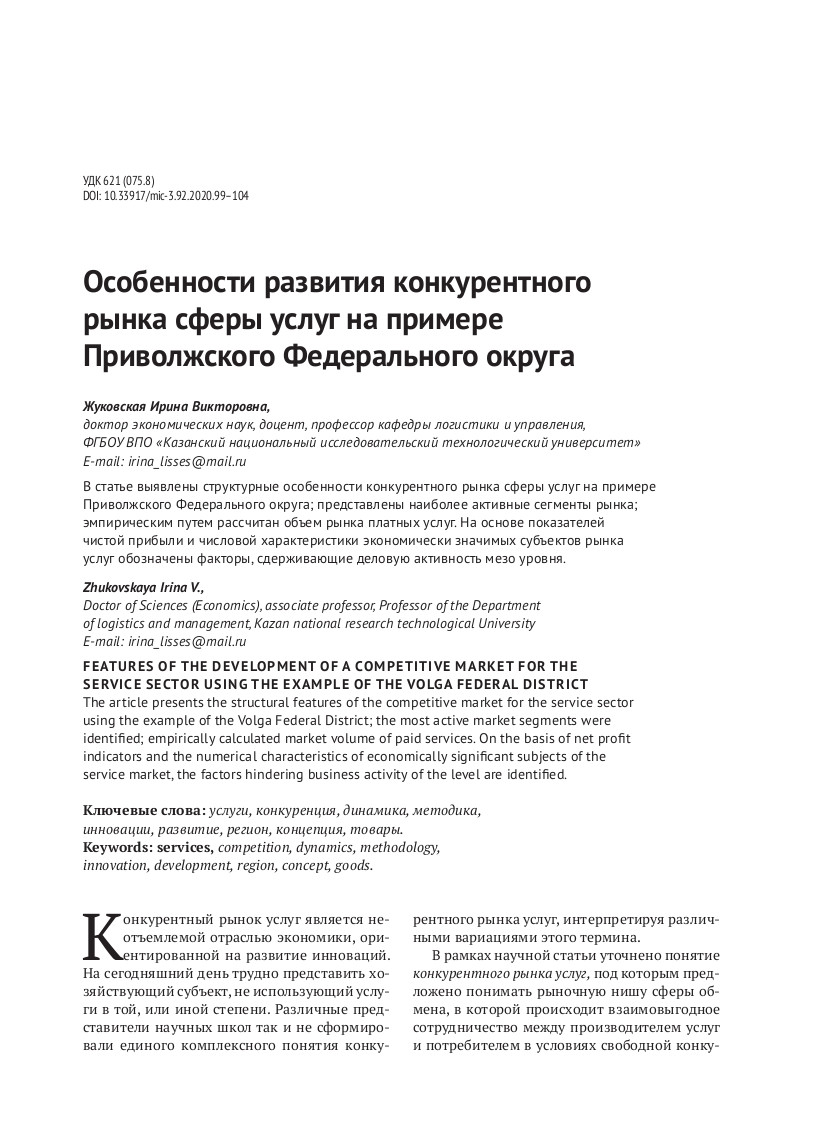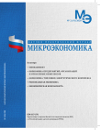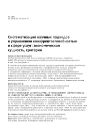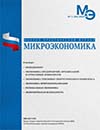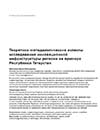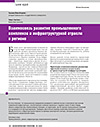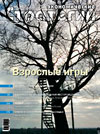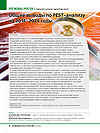Modern methods of studying the concepts of «tourism» and «tourist service»: from theory to practice
DOI: 10.33917/mic-3.104.2022.38-45
In a scientific article, based on the relativistic theory, a terminological interpretation of the concepts of «tourism», «tourist service» and their specific classification is presented. Varieties of domestic tourism have been supplemented with a shift in focus to regional development in six areas (business tourism; ecological tourism; cultural and educational tourism; autotourism-youth-family tourism; rural tourism and sanatorium tourism). Compiled rating of competitiveness of tourist services on the example of the Republic of Tatarstan.
References:
1. Zhukovskaya I.V. Systematization of scientific approaches to managing competitiveness in the service sector: economic essence, criteria. Microeconomics. 2020;2:29-37.
2. Zhukovskaya I.V. The specifics of the study of the service market on the example of the Republic of Tatarstan. Microeconomics. 2020;5:93-98.
3. Zhukovskaya I.V. Segmentation of the service market: problems, solutions. Microeconomics. 2021;2:32-37.
4. Sizikova V.V. Increasing the competitiveness of service enterprises: dis. cand. economy Sciences: 08.00.05. St. Petersburg, 2019. 189 p.
5. Official information of the Federal Agency for Tourism. URL: tourism.gov.ru
6. Decree of the Government of the Russian Federation of September 20, 2019 No. 2129-r. Strategy for the development of tourism in the Russian Federation for the period up to 2035. – Access from legal reference system ConsultantPlus.
7. Ragimkhanov A.V. Systematization of scientific approaches to the study of the competitiveness of services: from theory to practice / A.V. Ragimkhanov, I.V. Zhukovskaya. Microeconomics. 2022;1:75-78.


